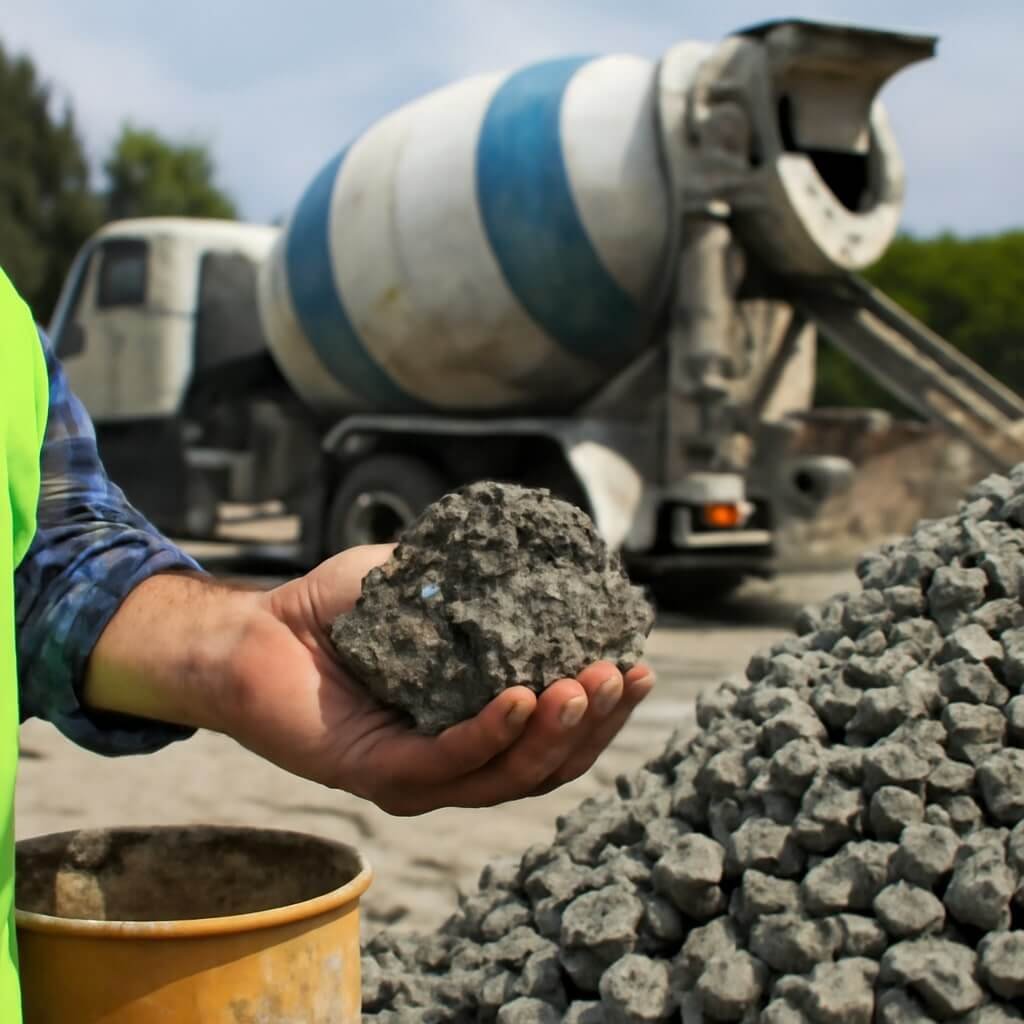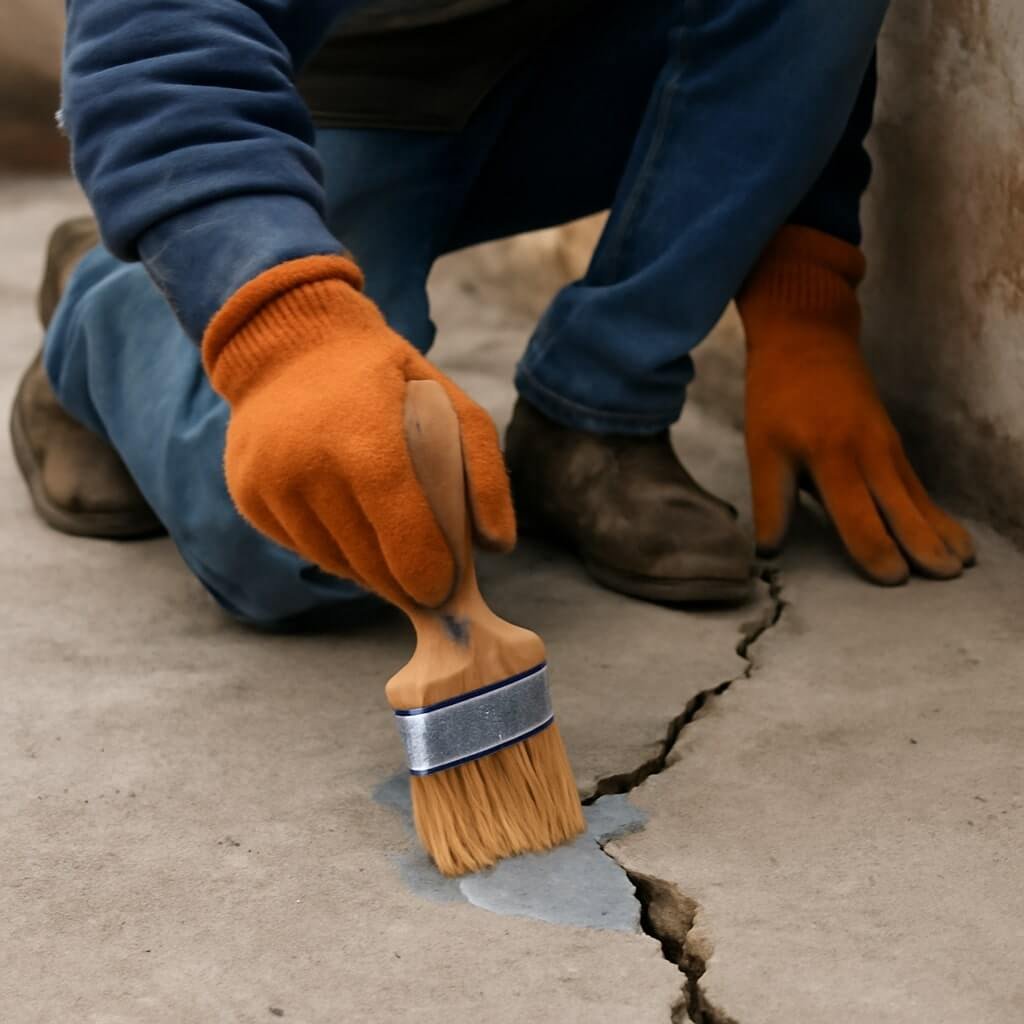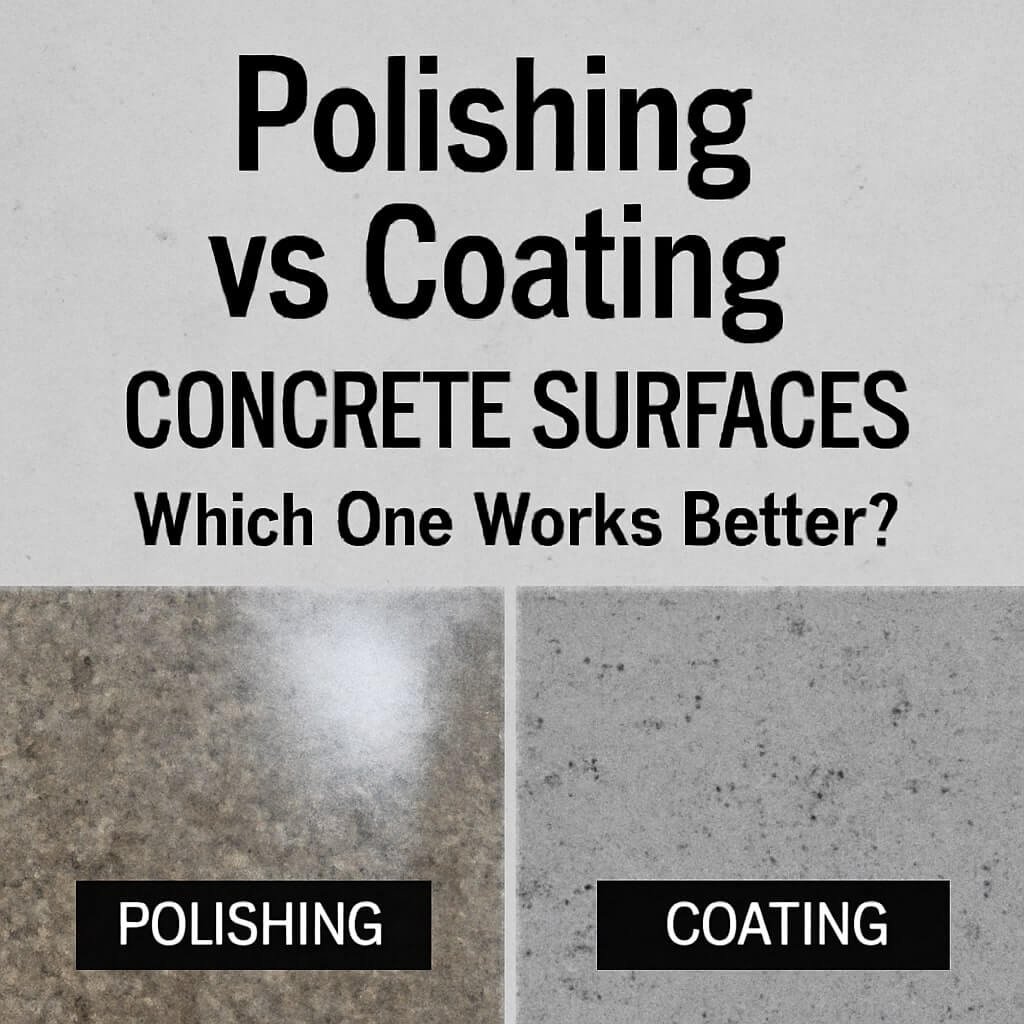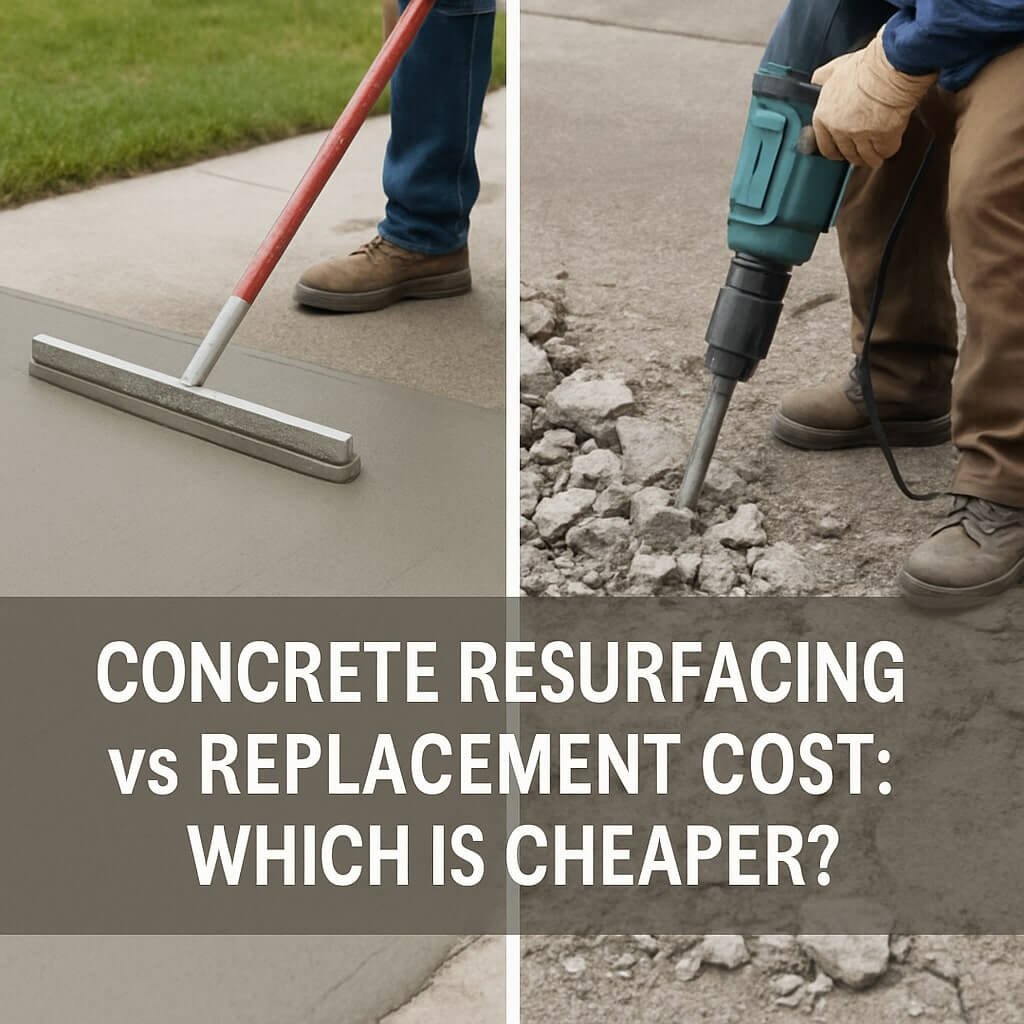Concrete is one of the most widely used construction materials globally, but its environmental footprint is significant. Sustainable concrete focuses on improving this traditional material by making it more eco-friendly. It incorporates recycled content, reduces carbon emissions, and enhances durability, all without compromising structural integrity.
Sustainable concrete combines innovative materials, improved production methods, and smarter design practices. It’s about using resources more efficiently while minimising waste and emissions. This shift is crucial to meet global sustainability goals, especially as urbanisation and infrastructure development continue to grow.
The Environmental Impact of Traditional Concrete
Traditional concrete production is responsible for about 8% of global CO2 emissions. This large carbon footprint stems primarily from Portland cement manufacturing, which involves energy-intensive processes that release massive amounts of carbon dioxide. Additionally, concrete production consumes vast quantities of water and natural aggregates like sand and gravel, leading to resource depletion and ecosystem disruption.
Pollution is another concern; dust, particulate matter, and wastewater from concrete plants can harm air and water quality. When concrete structures reach the end of their lifecycle, demolition waste further burdens landfills unless properly recycled.
Benefits of Using Sustainable Concrete in Construction
Switching to sustainable concrete offers numerous benefits:
- Reduced Carbon Emissions: Using alternative binders and recycled materials lowers greenhouse gas output.
- Resource Conservation: Recycled aggregates and SCMs reduce dependency on virgin raw materials.
- Improved Durability: Advanced additives and admixtures enhance resistance to weathering and chemical attack.
- Cost Efficiency: Though initial costs may vary, longer-lasting structures and reduced waste lower overall expenses.
- Enhanced Performance: Sustainable mixes can offer superior strength, faster curing, and better workability.
By embracing sustainable concrete, construction projects contribute to eco-friendly development while meeting performance and safety standards.
Key Sustainable Concrete Improvement Methods
Here are ten powerful techniques revolutionising eco-friendly concrete production and use:
1. Use of Supplementary Cementitious Materials (SCMs)
SCMs like fly ash, slag, and silica fume are industrial byproducts that replace a portion of Portland cement in the mix. These materials improve concrete’s strength, durability, and workability while significantly reducing CO2 emissions from cement production.
Fly ash, a byproduct from coal power plants, enhances concrete’s resistance to chemical attack. Ground granulated blast furnace slag (GGBFS) improves durability and reduces permeability. Silica fume increases strength and reduces porosity. Incorporating SCMs can replace up to 50% of cement content in many applications.
2. Incorporation of Recycled Aggregates
Using recycled aggregates from crushed concrete, demolished structures, or industrial waste reduces demand for natural sand and gravel. Recycled aggregates can maintain comparable strength and durability when processed correctly, cutting down on landfill waste and preserving natural resources.
3. Optimising Mix Design for Sustainability
Smart mix design involves reducing cement content and adjusting water-to-cement ratios to maintain strength while minimising environmental impact. Advanced software and lab testing enable precise formulation, avoiding waste and enhancing performance.
4. Implementation of Carbon Capture Technologies
Emerging technologies capture CO2 emissions during concrete manufacturing or curing. For instance, carbonation curing injects CO2 into concrete to speed hardening and permanently lock away greenhouse gases. These methods show promising potential to transform concrete into a carbon sink
5. Utilisation of Low-Carbon Binders
Alternatives like geopolymer cement, calcium sulfoaluminate cement, and magnesium-based binders produce far less CO2 than Portland cement. Geopolymer concrete, for example, uses industrial waste like fly ash activated by alkaline solutions to create a durable, low-carbon binder.
6. Incorporating Nanomaterials for Enhanced Properties
Nanomaterials such as nano-silica and carbon nanotubes improve concrete’s microstructure, enhancing strength and durability. These tiny additives fill pores and cracks, reducing permeability and increasing resistance to freeze-thaw cycles, chemical attack, and abrasion.
7. Water Reduction and Recycling Techniques
Water is a critical resource in concrete production. Techniques like using superplasticisers reduce water demand without sacrificing workability. Recycling water from washing operations or curing processes conserves freshwater and reduces environmental impact.
8. Enhancing Durability to Prolong Concrete Lifecycle
Applying protective coatings, corrosion inhibitors, and using high-performance admixtures extends the lifespan of concrete structures. A longer lifecycle reduces the need for repairs and replacements, which lowers overall resource consumption and emissions.
9. Use of Green Admixtures and Chemical Additives
Green admixtures derived from natural or biodegradable sources improve concrete’s properties without harmful environmental effects. Examples include bio-based plasticisers, corrosion inhibitors, and anti-fungal agents that reduce chemical use and improve sustainability.
10. Adoption of 3D Printing and Modular Construction Methods
3D printing allows precise placement of concrete, minimising waste and enabling innovative design. Modular construction reduces on-site waste and energy consumption by manufacturing components in controlled environments. Both techniques support sustainable building practices.
Challenges and Considerations in Sustainable Concrete Adoption
Despite its benefits, adopting sustainable concrete faces hurdles:
- Higher Initial Costs: Some sustainable materials and technologies can be more expensive upfront.
- Technical Expertise: Specialized knowledge is needed for mix design and quality control.
- Regulatory Barriers: Building codes may lag behind innovations, limiting use.
- Material Availability: SCMs and recycled aggregates might be scarce regionally.
- Performance Concerns: Ensuring consistent strength and durability remains a priority.
Overcoming these challenges requires education, incentives, and updated standards to support sustainable concrete’s wider acceptance.
Case Studies: Successful Eco-Friendly Concrete Projects
Several global projects showcase sustainable concrete’s potential:
- The Bullitt Centre, Seattle: Known as the “greenest commercial building,” it uses fly ash in concrete to lower its carbon footprint.
- The One Central Park, Sydney: Incorporated recycled aggregates and low-carbon cement for its innovative design.
- CO2NCRETE Project, Europe: Demonstrated carbon capture during curing, reducing emissions while enhancing strength.
These examples highlight the real-world application of sustainable methods yielding durable, eco-friendly structures.
Future Trends in Sustainable Concrete Technology
Looking ahead, the concrete industry is moving toward:
- Widespread Carbon Capture Integration: Making carbon-neutral concrete the norm.
- Bio-based Concrete: Using bacteria or algae to self-heal and reduce maintenance.
- Smart Concrete: Embedded sensors monitor health and durability.
- Circular Economy Practices: Complete recycling and reuse of concrete materials.
Innovation will continue driving sustainable concrete’s evolution as environmental concerns and regulations tighten.
Frequently Asked Questions (FAQs)
1. What makes concrete sustainable?
2. Can recycled aggregates replace natural ones completely?
3. How much CO2 reduction can SCMs achieve?
4. Are low-carbon binders as strong as traditional cement?
5. Is sustainable concrete more expensive?
6. How does 3D printing improve sustainability in concrete?
Conclusion: Building a Greener Tomorrow with Sustainable Concrete
Sustainable concrete improvement methods are transforming the construction industry toward eco-friendly, high-performance projects. By embracing supplementary materials, recycled aggregates, innovative binders, and advanced technologies, builders can reduce environmental impact while ensuring durability and cost-effectiveness.
As challenges are addressed and innovations advance, sustainable concrete will become central to building resilient infrastructure that meets both today’s needs and tomorrow’s sustainability goals. It’s an optimistic path forward, blending science and sustainability to build a greener, more durable world.



